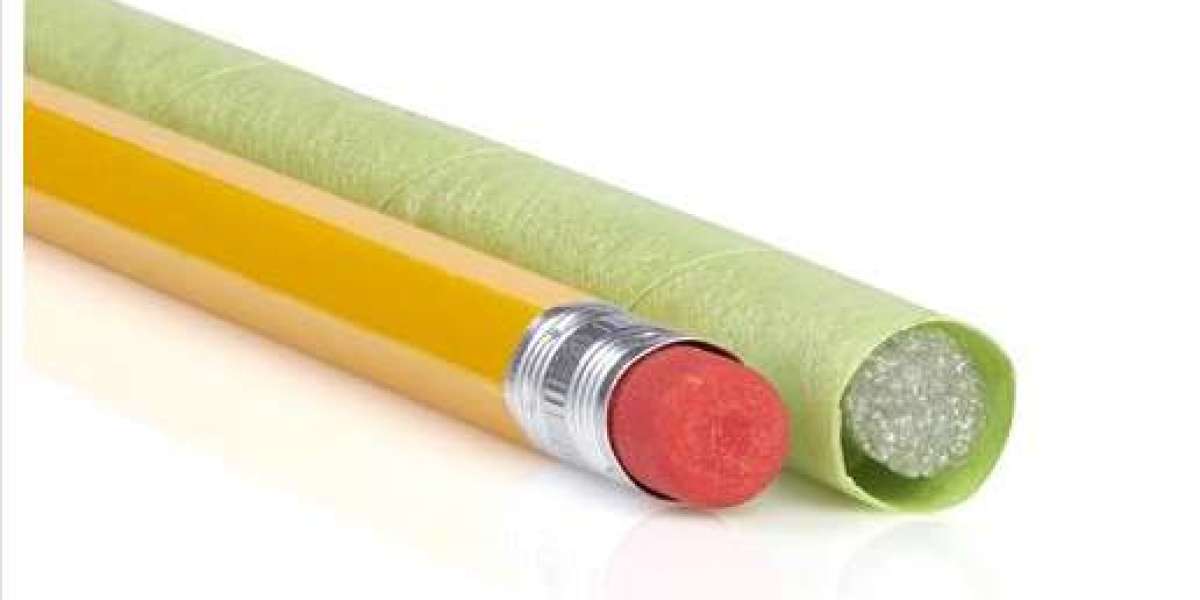Automotive masking tape is a common tool used in the automotive industry for various purposes. One of the most common questions asked by car enthusiasts and professionals alike is whether automotive masking tape can be used on car bodies. In this article, we will delve into the details of automotive masking tape, its uses, and whether it is suitable for use on car bodies.
What is Automotive Masking Tape?
Automotive masking tape is a type of tape specifically designed for use in the automotive industry. It is made of a thin and easy-to-tear paper that is coated with a pressure-sensitive adhesive. This type of tape is commonly used to mask off areas that should not be painted, such as windows, trim, and other delicate parts of a car.
Uses of Automotive Masking Tape
- Painting: One of the primary uses of automotive masking tape is for painting. When a car is being painted, certain areas need to be masked off to prevent overspray. Automotive masking tape is ideal for this purpose as it adheres well to surfaces and can be easily removed without leaving residue.
- Detailing: Automotive masking tape is also used for detailing tasks such as pinstriping, creating clean lines, and protecting specific areas during the detailing process.
- Repairs: During repairs or bodywork, automotive masking tape can be used to section off areas that need to be worked on without affecting the surrounding areas.
Can Automotive Masking Tape be Used on Car Bodies?
Yes, automotive masking tape can be used on car bodies, but it is essential to choose the right type of tape for the specific application. When selecting automotive masking tape for use on car bodies, consider the following factors:
- Adhesive Strength: Ensure that the adhesive strength of the tape is suitable for the surface of the car body. It should adhere well without causing damage or leaving residue upon removal.
- Residue: Choose automotive masking tape that is designed to leave minimal to no residue upon removal. This is crucial, especially when working on painted surfaces.
- Temperature Resistance: Consider the temperature resistance of the tape, especially if it will be exposed to heat during painting or other processes.
- Flexibility: The tape should be flexible enough to conform to the contours of the car body without lifting or causing paint bleed.
Tips for Using Automotive Masking Tape on Car Bodies
- Clean the Surface: Before applying automotive masking tape, ensure that the surface of the car body is clean and free from dust, dirt, and grease. This will help the tape adhere better and prevent any contaminants from affecting the paint or finish.
- Test Adhesion: Before using the tape on a large area, test its adhesion on a small, inconspicuous area of the car body. This will help determine if the tape is suitable for the specific surface.
- Remove Promptly: Once the task is completed, remove the automotive masking tape promptly to prevent any adhesive residue from bonding with the surface.
- Use in Moderation: While automotive masking tape is a useful tool, it should be used in moderation to avoid over-taping or leaving the tape on for extended periods, which can lead to adhesive residue buildup.
Conclusion
Automotive masking tape can indeed be used on car bodies for various applications such as painting, detailing, and repairs. By selecting the right type of tape and following best practices for application and removal, automotive masking tape can be a valuable asset in maintaining and enhancing the appearance of car bodies.
For more info: https://www.tubetape.works/what-it-is



